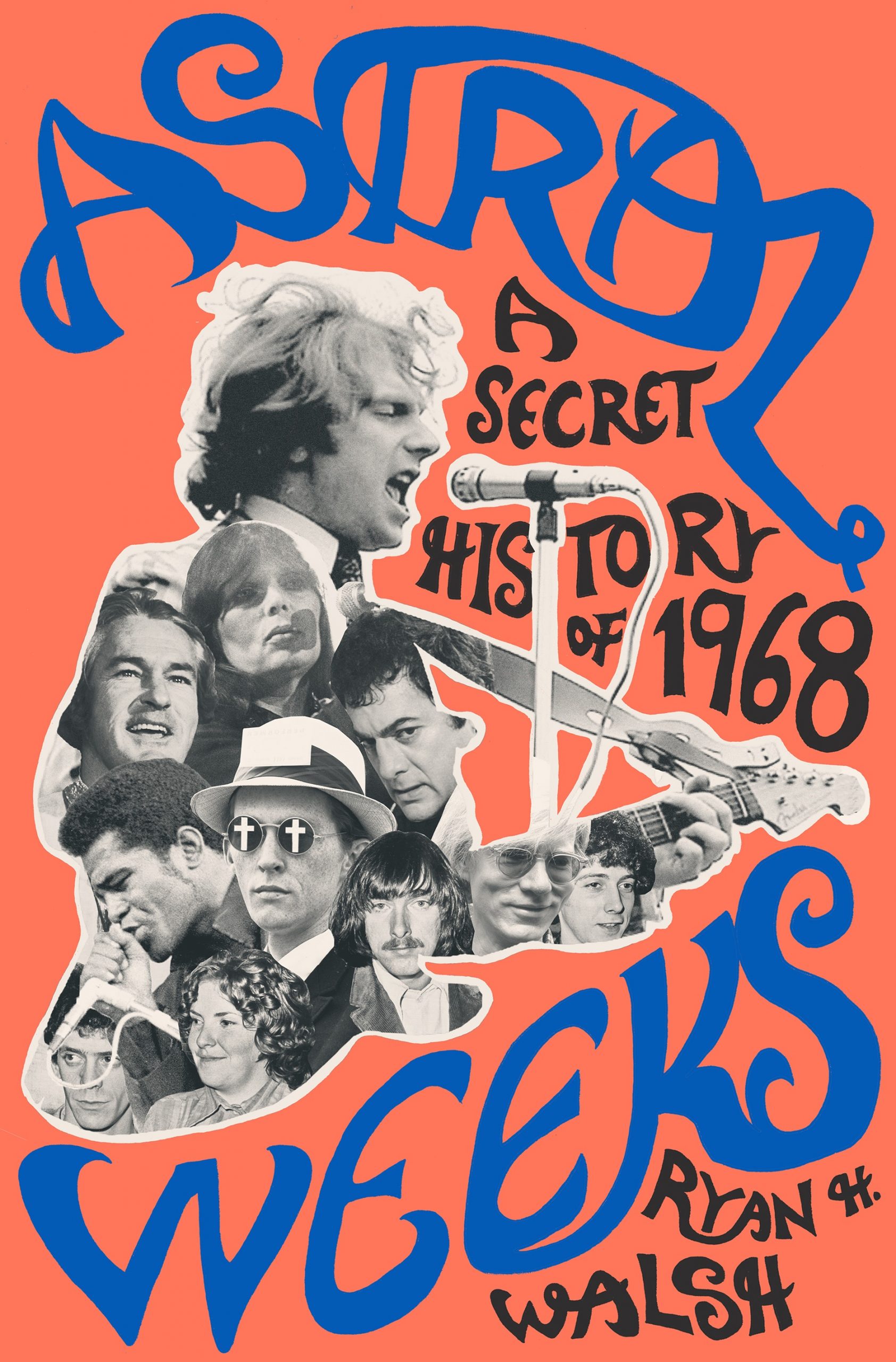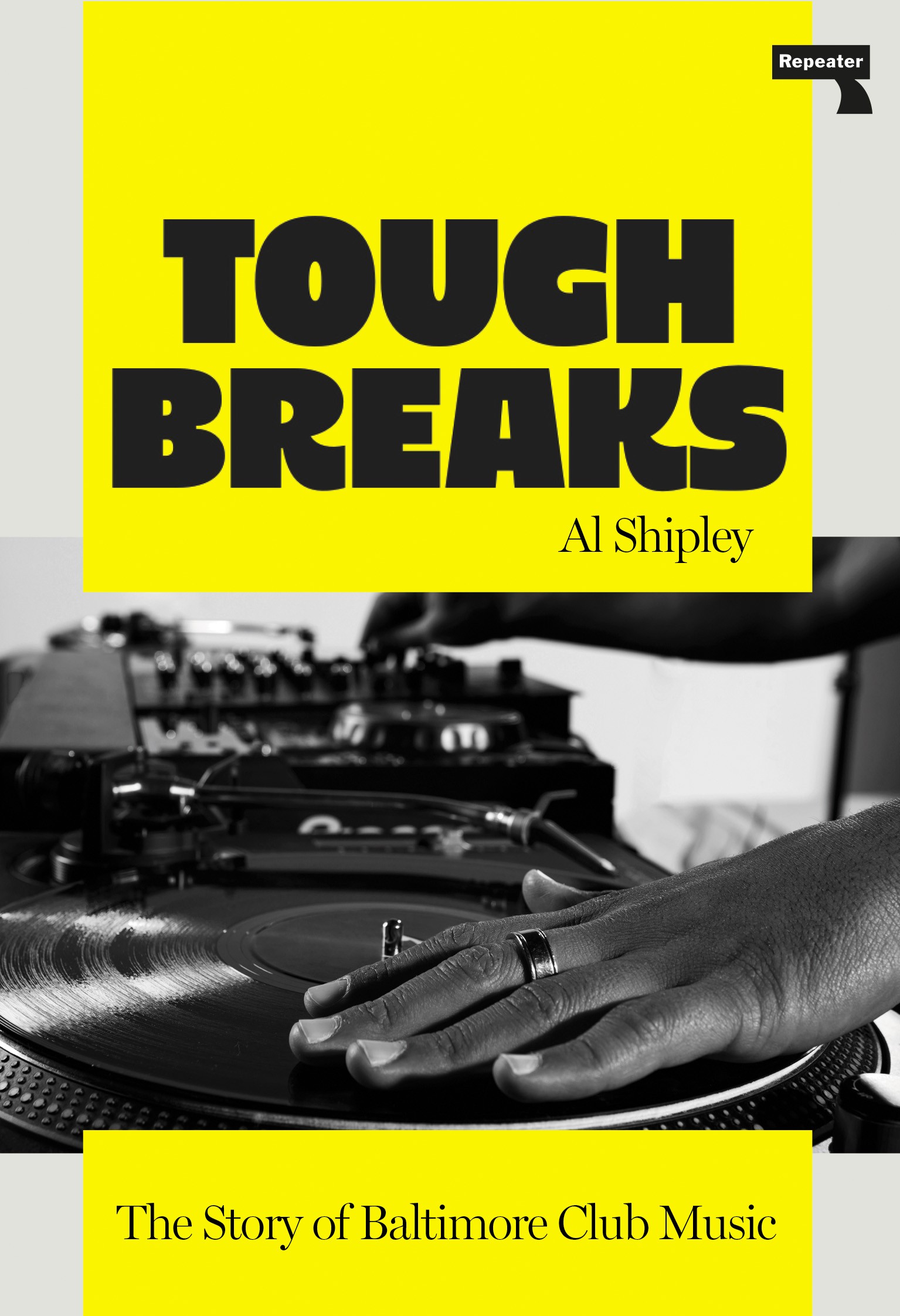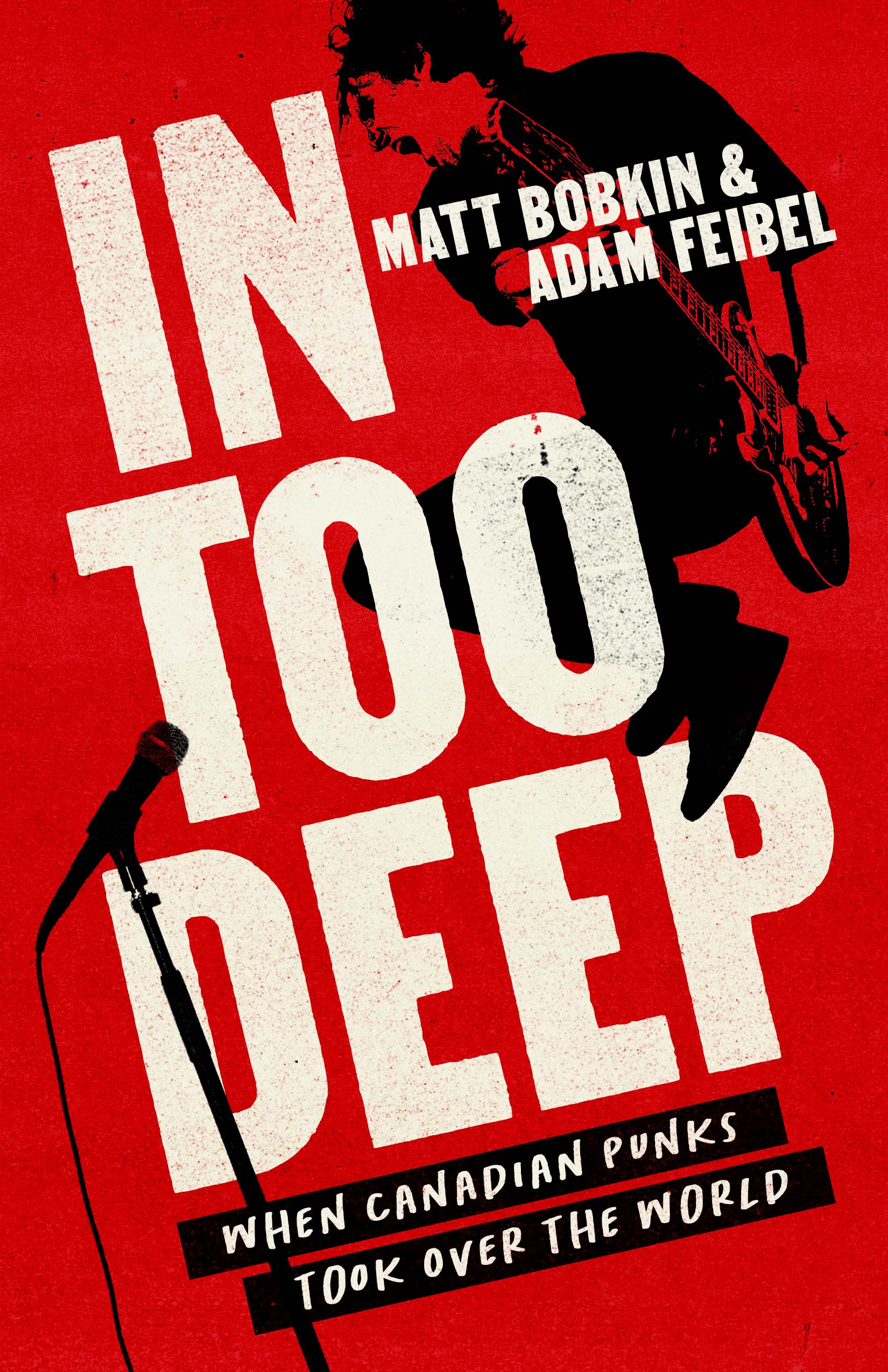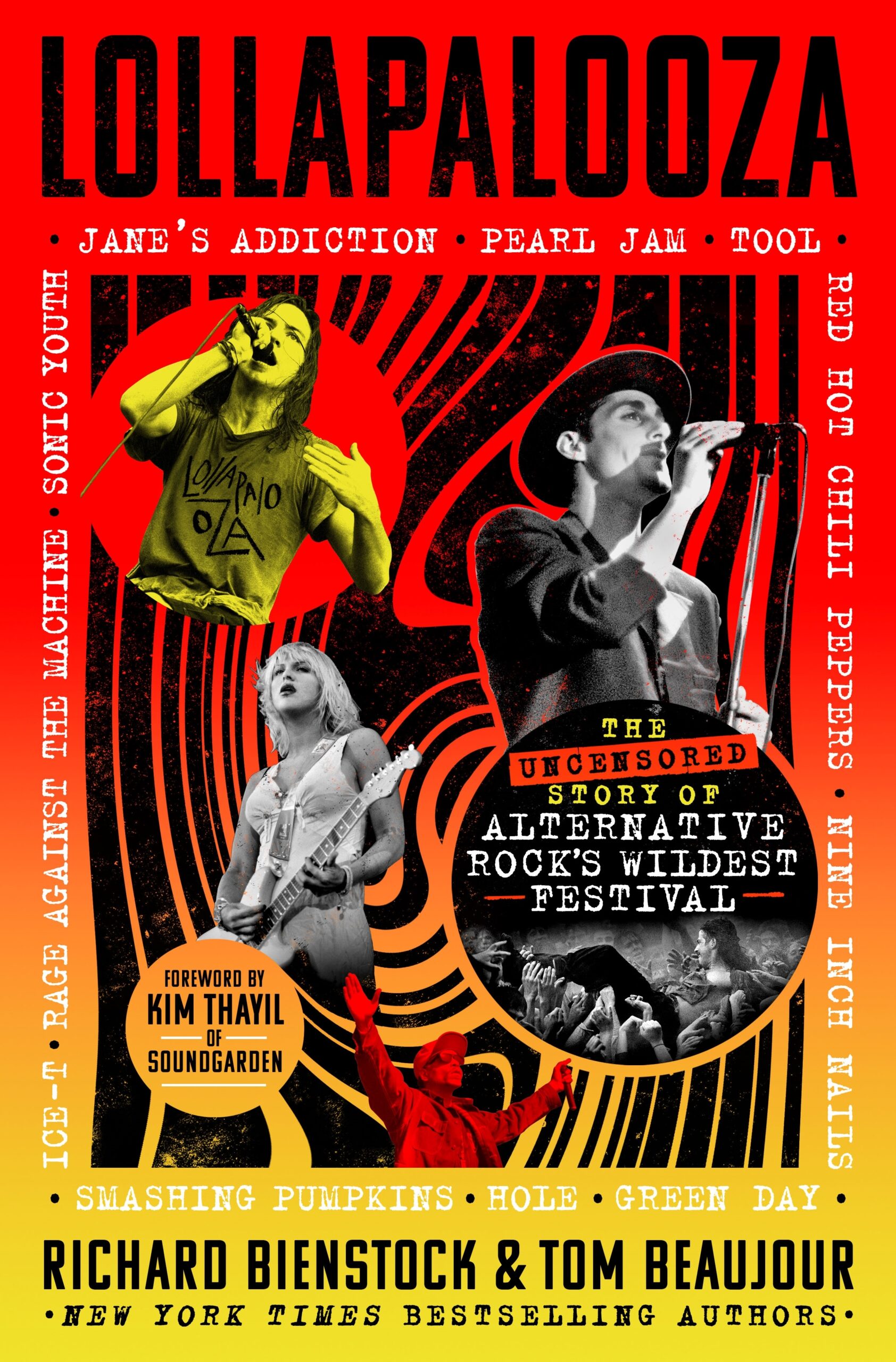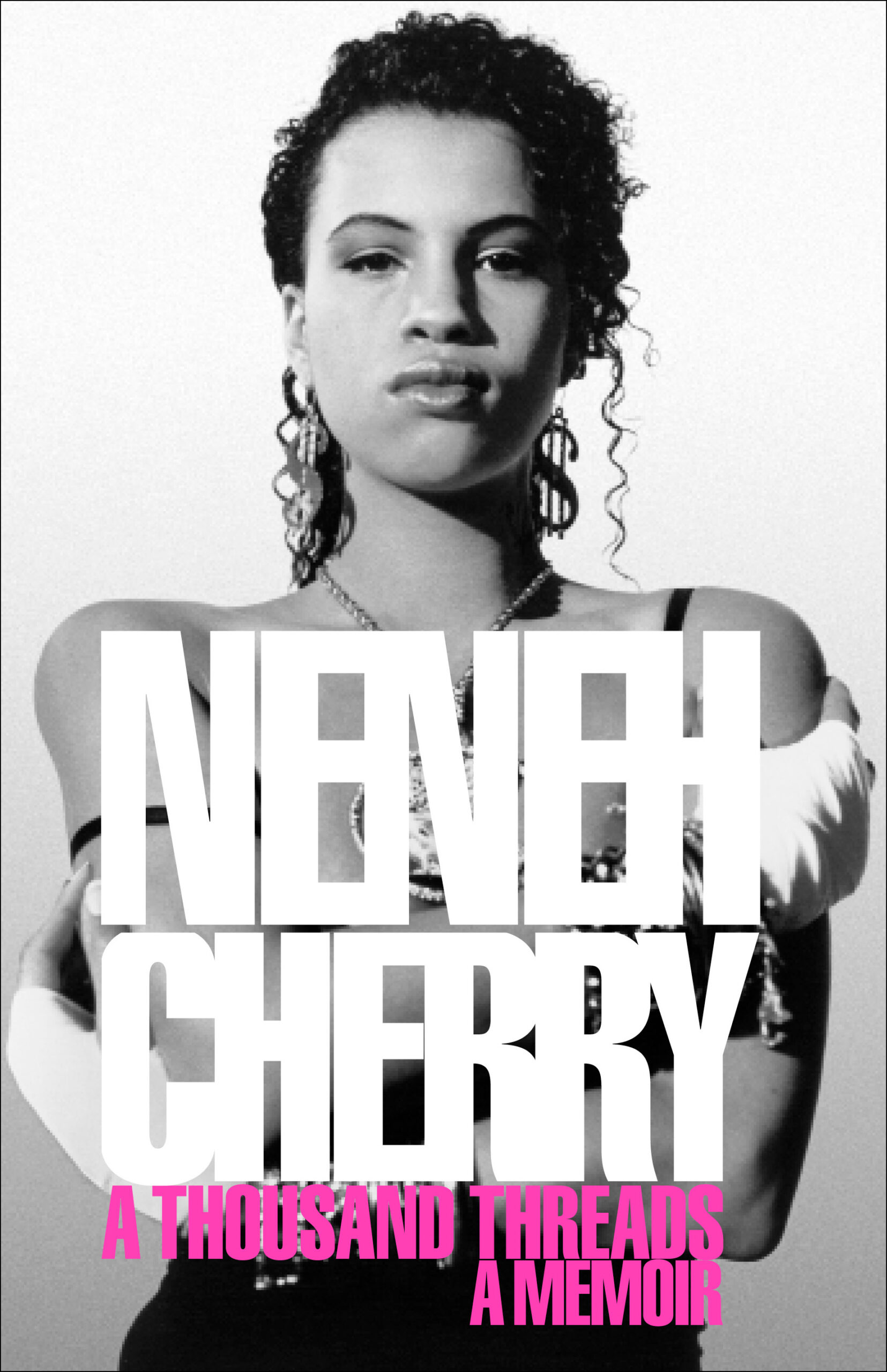For the last three three years I've been digging into the history of Van Morrison's classic LP Astral Weeks for my debut book Astral Weeks: A Secret History Of 1968, which is out now via Penguin Press. The story behind the album is every bit as unique and strange as the music itself. I'd be hard pressed to pick a favorite moment from the story, but it's not unfair to say that the story takes a significant turn when we get to September 25, 1968, the day the recording sessions began. And that is the scene we have chosen to excerpt today.
In early 1968, after Van Morrison's escaped both New York City and the Bang Records associate who had recently smashed a guitar over the singer's head, the Belfast singer found himself the holder of a lease of an apartment on Green Street in Cambridge, Massachusetts, where his career and immediate future seemed uncertain at best, and on the brink of disaster at worst. Morrison quickly immersed himself in Boston's local music scene, hunting for musicians who could develop new material with him and perform live in the hopes of scoring a new recording contract. Berklee student Tom Kielbania was the one constant in the three lineups of Boston musicians that Van went through that spring and summer. By the time that producer Lewis Merenstein arrived in Boston to audition the singer at Ace Recording Studio, Morrison had banished all electric instruments from the band, and dropped down to a trio with Kielbania on upright bass and a young Harvard drop-out on flute named John Payne. Although Warner Brothers would pay the Boston musicians to attend the recording sessions in New York, Morrison soon delivered terrible news about who would be backing him up on Astral Weeks.
Before the first note was committed to tape, Payne and Kielbania knew they wouldn't be on the record. "I'm sorry, Tom, I really am," Morrison said, in an unusual show of emotion. Kielbania was upset by the news, but there was some consolation in learning that his replacement was Richard Davis. "I idolized him at that time," the former Berklee music student says. "I was a freaking jazz musician, after all!" If the two Bostonians had a loose plan to talk their way onto the record, Tom's chances were dashed the moment Davis walked in the door. For John, there was still hope.
The studio filled up with Merenstein's chosen team: Davis on bass, Jay Berliner on guitar, Connie Kay on drums, and Warren Smith Jr. on vibraphone -- all respected jazz musicians. (A New York flute player who appears on two tracks goes unnamed in the liner notes, and none of the musicians can recall who it was.) In the control room, Brooks Arthur, the engineer and owner of Century Sound Studios, manned the boards, while Merenstein stood behind him. Payne and Kielbania sat on the couch, watching. It was dusk as they tuned up their instruments; most of them had already worked a session or two earlier that day. Consulting his work diary from that year, guitarist Jay Berliner notes he had just recorded jingles for both Noxzema and Pringles potato chips before showing up to start working on one of the most celebrated albums of all time. There was no project title yet; Berliner's gig diary merely says "Van Morrison." None of the musicians had heard of him before.
Berliner remembers the unusual way the band was introduced -- or not introduced -- to the star of the project. "This little guy walks in, past everybody, disappears into the vocal booth, and almost never comes out," he said. "Even on the playbacks, he stayed in there." The other musicians confirm this. Davis, now retired and living in Wisconsin, focuses on what he found important about the sessions. "Well, I was with three of my favorite fellas to play with, so that's what made it beautiful. We were not concerned with Van at all, he never spoke to us."
Van's default mode of noninteraction was familiar to his Boston bandmates, but this level of shyness was extreme. "He seemed spaced out," Payne told biographer Clinton Heylin, "as though he was in a lot of personal pain." Perhaps, in the presence of players who were part of the Modern Jazz Quartet or Charles Mingus collaborators, Morrison simply became overwhelmed by nerves. His old producer Bert Berns had always had too many ideas; now, in the company of a producer who just wanted to let things happen naturally, the freedom could have been disorienting. Berliner swears the singer's isolation booth was full of some kind of smoke (Berliner claims Morrison called it "vegetable weed"), but no one else has this exact re - collection.
"I don't know what he was doing in there!" Davis says. "He's a strange fella!"
Perched on a stool, Morrison clutched his guitar, opened the binder of his new songs that Janet Planet had collated for him, and waited for Brooks Arthur to hit record. For the session musicians, this was just another gig, but for Morrison, it must have felt like the last chance to breathe life into his faltering career -- to be born again, as the title track proclaims. It is a point of contention whether lead sheets or chord charts were provided, but Davis believes Morrison just strummed the song and sang it from the booth once or twice, with the musicians improvising their parts on top of his composition minutes later. Tom Kielbania claims he demonstrated some bass lines he had developed back in Boston for Davis; Davis denies this, but Payne confirms it.
That a group of players who had been knee-deep in ad- jingle-land hours before then pivoted to create the singularly beautiful music found on Astral Weeks seems incredible, but by all accounts this was actually the case. Guitarist Jay Berliner's schedule was so flanked by commercial work, in fact, he joked that he could have mistaken the session for another advertising job. "Astral Weeks, I mean, what a long jingle," he says, laughing. "And what are we selling here, exactly?"
Jingles are thirty seconds; pop songs, about three minutes. But Morrison's new compositions called for takes that could stretch beyond nine minutes. Kielbania recalls that what ended up on the album was often an edit of a much longer jam. Jay Berliner finds this plausible, and recalls Lewis Merenstein at the control booth window smiling, rolling his hand in a "keep going!" motion. That first night, they laid down "Beside You," "Cyprus Avenue," and the epic "Madame George," which hit the five-, seven-, and nine-minute mark in their final versions. Everyone was so pleased with the results that they started to talk about trying one more before calling it quits.
When John Payne heard it was going to be "Astral Weeks," a song he had been playing with Van live back in Boston, he began to loudly campaign for permission to perform. "John was basically crying when I told him he wouldn't be on the album," Lewis Merenstein recalls. "I said, 'It's not anything to do with your playing, it's just not the concept I had.'" Payne begged the hired flutist to let him borrow his instrument, as he had left his own at the Chelsea Hotel.
"Oh man, I just wanna go home," the unknown musician replied, yawning.
"Please," Payne said, with all the intensity of a young man recognizing the special opportunity before him. "Please let me play on this song."
Merenstein and the weary flutist finally gave in, and John Payne took a seat inside the live room. The twenty-two-year-old Harvard dropout and second cousin to poet Robert Lowell had just talked his way into a session with some of New York's best jazz musicians. "I was a cocky kid I guess," Payne says. "I thought I was hot stuff. I was a little nervous, but mostly I was just excited because I had been playing with him and I knew I could do it." By all accounts, the song that appears on the album is the very first take. "The interaction between Jay Berliner and me playing off each other and the whole way Van was just there listening to it was just amazing," Payne says. "I still think it's the best thing in the record. The first track." The unknown flutist -- name lost to history -- was not called back for the subsequent sessions.
Six days passed between this first session and the next. Somewhere on Ninth Avenue, Warner Brothers' Joe Smith made the successful bagfulof- twenty-grand drop-off to the sketchy associates of Bang Records. Also during this week, on the label's payroll and with nothing better to do, John Payne and Tom Kielbania took a personality test. Before they knew it, the two Bostonians found themselves taking a Scientology class. "A new, and quite apparently phony 'religion' called Scientology is beginning to emerge from the lower depths," Women's Wear Daily reported a month before. "In the United States, it is still basically unknown except to cultists and a few curiosity seekers. But in recent days, subway posters have appeared in New York urging everyone: 'Step into the world of the totally free.'" Kielbania remembers doing "all the stuff where you stare into people's eyes for two hours straight and try to change their emotions." Kielbania thought there might be something to it, but at $1,500 for a six-week course, the price was too steep.
Van Morrison wouldn't dabble in Scientology until the eighties (he thanked founder L. Ron Hubbard in the liner notes to 1983's Inarticulate Speech Of The Heart), but already had a deep interest in occult writing. "Van had a friend in high school who was a librarian in Belfast," Kielbania says. "This guy had all the occult books. This guy used to read them all, and he went insane! So Van was always kinda interested in that." That fall in New York, Morrison and Kielbania hit every occult bookstore, hunting for a particular title Van wanted: Secret Of The Andes, "about flying saucers and people coming to visit this planet." Once they found it, they dove in.
Written by George Hunt Williamson under the pseudonym Brother Philip, this 1961 text reads like a welcome packet for visitors to our planet, its contents largely transmitted to Williamson via Ouija board. "The Earth is a classroom for gods, but a strange classroom indeed! Some of the people of the more magnificent worlds are actually envious . . . because they know that on Earth, if you can combat such negativity you have to be a powerful spirit." As in Lou Reed's preferred occult book, Alice Bailey's A Treatise On White Magic (1934), the Seven Rays are also discussed here. Even more curiously, Brother Philip describes visitors to Earth he calls "astrals":
The astral forces are helping too. There are many great beings who are assisting both space men and yourselves. They are acting as emissaries, doing what work they can. Some of them perform fine services on the battlefields, on the streets, and in the offices, each acting as mentors and guides to the people of the world. After all, we have all been astrals many times. We have been astrals as many times as we have been mortals in that sense.
Morrison had definitely written "Astral Weeks" by the time he and Kielbania got hold of this book, and the phrase itself had come to him even earlier -- back in Belfast, where it popped into his head while staring at a painting by his friend Cecil McCarthy. The words suggest a time and a place; they roll off the tongue like an incantation, some long-lost relative of abracadabra or hocus pocus, slowly forgotten over centuries.
"There were several paintings in the studio at the time," McCarthy explained. "Van looked at the painting and it suggested astral traveling to him." The painting was new, but for Morrison, the concept of an astral plane was not. In the seventies, he told interviewers about strange incidents he experienced as a child -- lying in bed with "the feeling that I'm floating near the ceiling looking down," and other "amazing projections." His out-of-body experiences as a boy help explain the obsession with youth that runs through Astral Weeks. In these songs, the singer longs to return to an age when the world functioned like magic. "And I will never grow so old again," he sings on the triumphant, Yeatsian "Sweet Thing." In "Beside You" we meet Little Jimmy and a "barefoot virgin child"; in the epic "Cyprus Avenue," the longing for youth takes on a more troubling form -- what seems to be an adult yearning for a fourteen-year-old girl. The whole dreamlike plot of "Madame George" is filtered through "a childlike vision leaping into view."
Is it unusual for someone in his early twenties to already be so nostalgic for, and obsessed with, his youth? Around this time, Van Morrison gave Tom Kielbania a kind of clue: He was an only child. "That bothered him," Kielbania says. "We were in some hotel room, just talking, and he said, 'You know, people shouldn't be allowed to just have one kid, because you miss out on a whole bunch of stuff.'" Kielbania, also without siblings, could relate. "He thought that it was a terrible thing that happened to him."
But writing Astral Weeks's lyrics wasn't necessarily so deliberate -- indeed, it might have been the opposite. Fast-forward to 1986's No Guru, No Method, No Teacher, in which Morrison surprisingly echoed some of the imagery and phrasing from his breakthrough LP from 1968. The "childlike vision" returns, as does the "garden wet with rain" of "Sweet Thing." When Morrison was asked how he wrote the newer song ("In The Garden"), he answered, "Oh yeah, I didn't write that. I was sitting in my flat one night and this voice said to me, 'Write this down,' and I pulled out the paper and I just wrote down what he told me, and that was the song." Whether you find any validity in this kind of claim, what is certain is that Morrison himself believes some of his songs arrived fully formed, via a kind of automatic writing. Janet Planet insists that Van's writing style, circa 1968, involved a stream-of-consciousness transmission that he would record and edit down after playback. Had Morrison arrived in Boston eighty years earlier, his new songs might have been studied by William James and the American Society For Psychical Research rather than reviewed in Rolling Stone. As he told writer Ritchie Yorke in 1979, "I didn't know what some of the stuff on Astral Weeks was about until years later. . . . If the spirit comes through in a 'Madame George' type of song, that's what the spirit says. You have very little to do with it. You're like an instrument for what's coming through."
Excerpted from Astral Weeks by Ryan H. Walsh. March 2018 Penguin Press. Published with permission.
